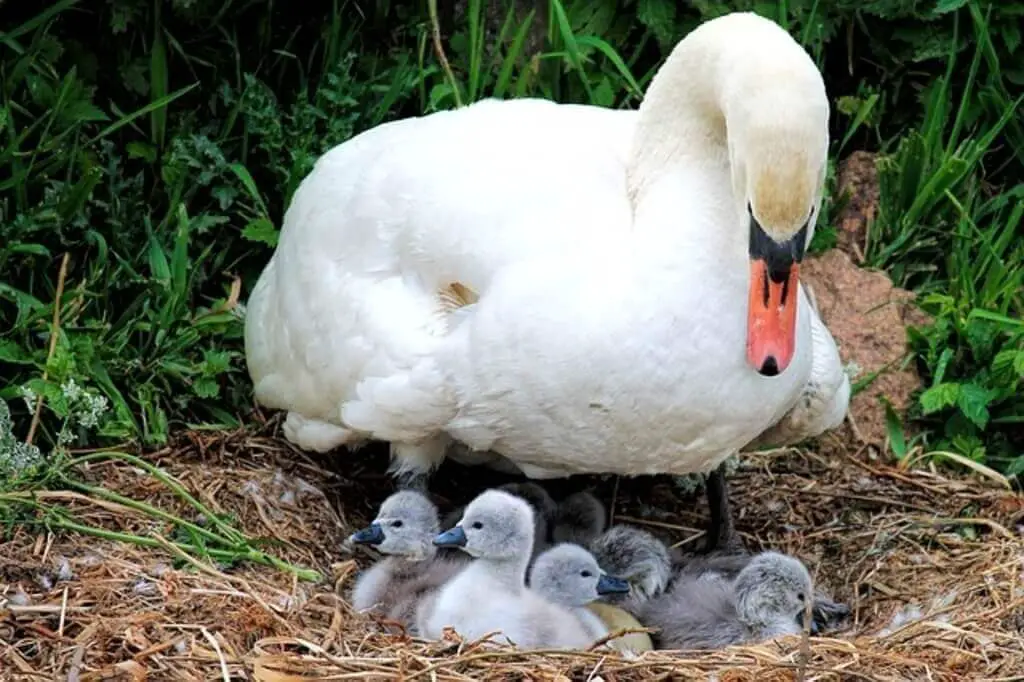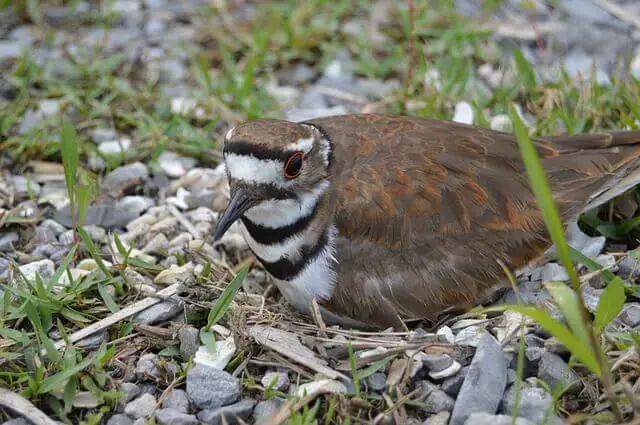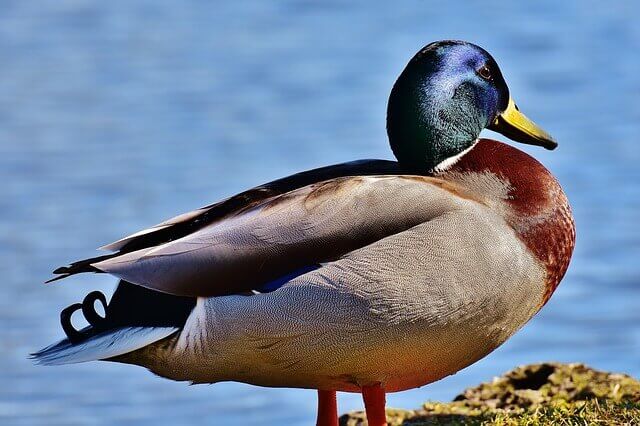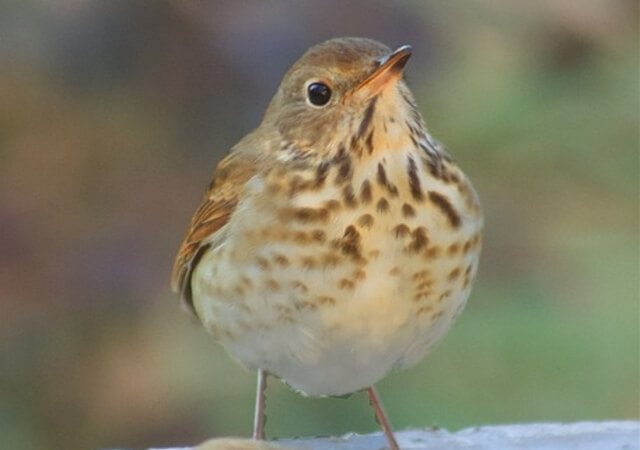
Birds have many adaptations to ensure their survival. They nest in trees, cliffs, and even man-made structures. Some birds build nests on the ground for protection from predators or for easier access to food sources.
These ground nesting birds may be more vulnerable than other species because they can’t fly away when threatened. We have compiled a list of over 35 different types of birds that nest on the ground, and are found around the world, that use a variety of methods to build their nests.
Table of Contents
Birds That Nest On The Ground
Wading Birds
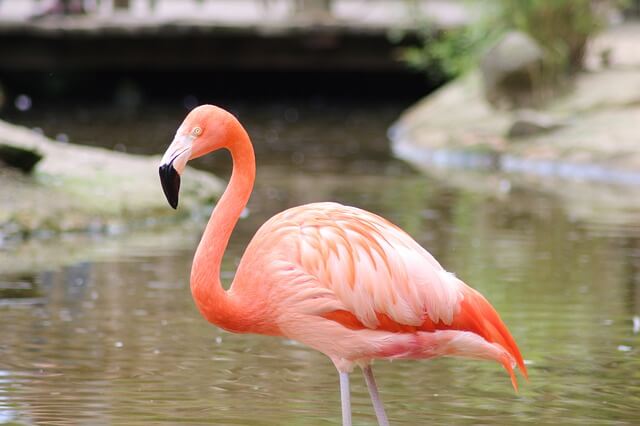
Flamingo
The flamingo is a ground nester. This means that it lays its eggs on the ground and cares for them by sitting on them. It will also take care of its young by feeding them, incubating their eggs, and protecting them from predators until they are ready to leave. They build nests out of mud or shallow water filled with plant material such as grasses or sedges.
Related Articles: 25 Facts about Flamingos that will blow your mind!
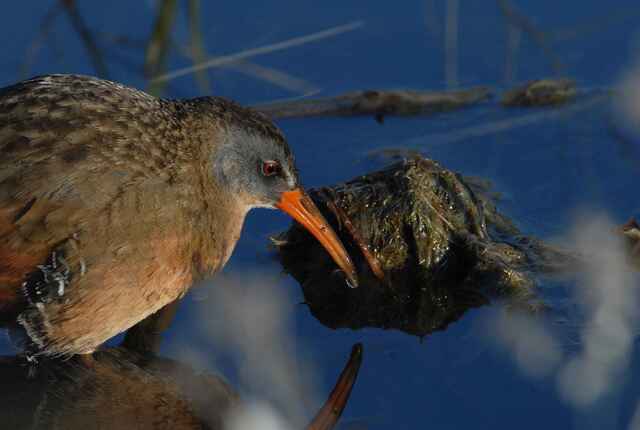
Virginia Rail
Virginia Rail bird is a ground nesting species. It breeds in the spring and summer months on or near wetland edges, such as streams, ponds, marshes, flooded fields and bogs. They build their nests at ground level on raised spots like rocks or mounds of earth.
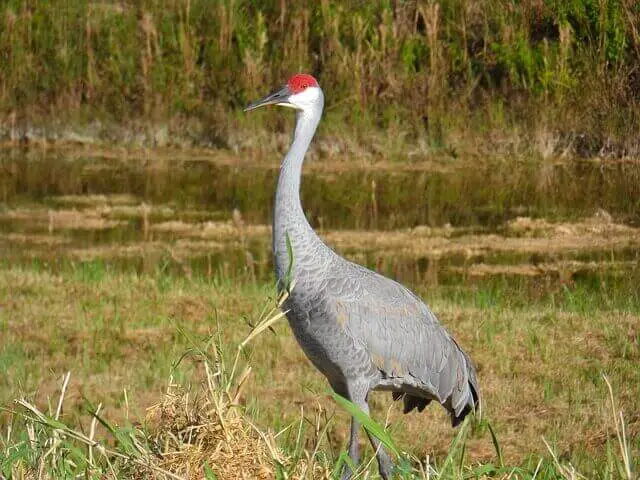
Sandhill Crane
Sandhill Cranes choose to nest on sand for a number of reasons. One reason is that they prefer soft ground, as it offers more stability for the eggs and chicks. Another reason is that they do not have many predators in these areas. They also like to have good drainage, so they do not get their eggs wet when there is rain.
Shorebirds
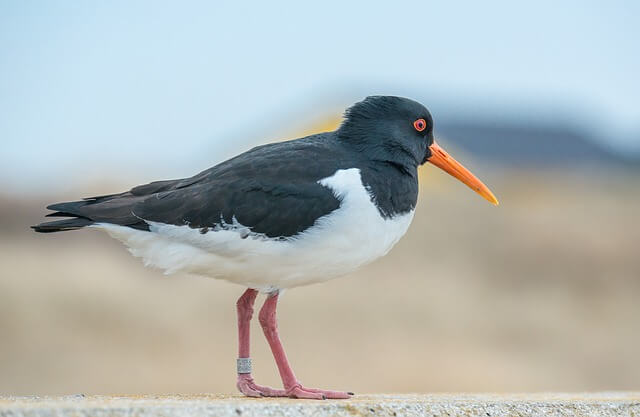
Oystercatcher
Oystercatchers are shorebirds, and like other ground-nesting birds they build their nests on the ground. They typically use sticks or grass to construct a simple cup shaped nest with an opening in one side. It is usually found on open flat areas close to water where it can be safe from predators such as foxes and cats which could harm its eggs.
Killdeer
Killdeers nest on open, flat areas in coastal marshes or wetlands where there is plenty of water and plants for food. The Killdeer does not build its own nest, but instead will lay eggs on the ground or in shallow depressions made from mud. Killdeer nests may be mistaken as lumps of mud or sticks.
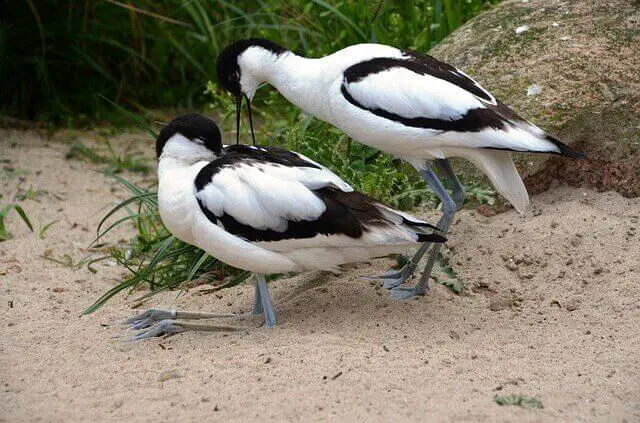
American Avocet
The American Avocet is a bird that builds its nest on the ground. It uses mud and plant material to build the nest, but it may also use feathers or pieces of plastic. The avocet nests in a shallow depression near water or moist areas with good vegetation cover.
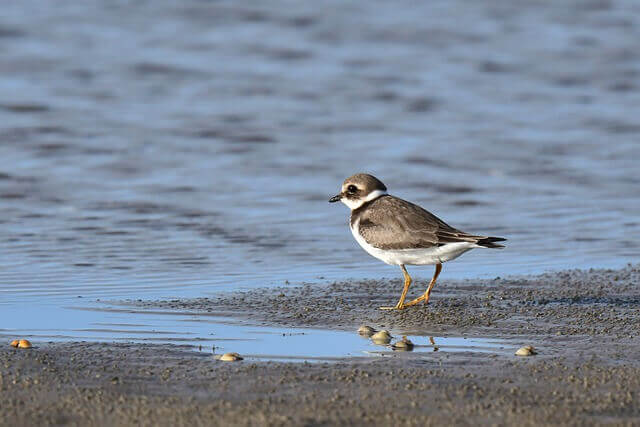
Plover
Plovers are a type of bird that chooses to nest on the ground. Most people believe that birds choose trees for their nests, but plovers don’t feel safe in trees and therefore avoid them. When they find an ideal location, like a wide open space or the sand by the water’s edge, they will create their home there.

Sandpiper
Sandpipers nest on the ground in wetlands, grasslands, and other moist environments with access to a small body of water. They choose to nest on the ground for several reasons. The damp soil provides better insulation from heat than typical nests found in trees or bushes. Ground nesting also allows for more escape routes from predators that may come near their young chicks.
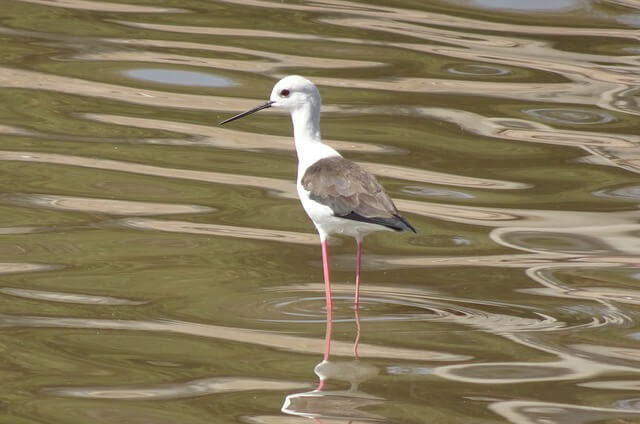
Stilts
Stilts build nests on the ground, and while this might seem strange to some people, it is actually an adaptation that has helped them survive for millennia. These nests are built out of sticks or leaves, and they provide the stilts with protection from predators as well as the elements.
Game Birds
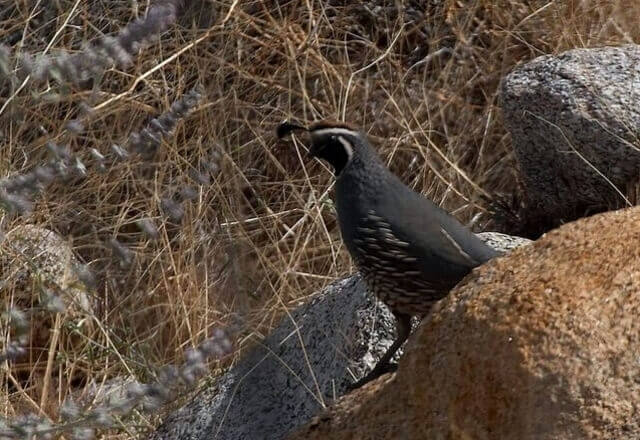
Scaled Quail
Scaled Quail are known for ground nesting. They live in areas with dense shrubs and short grasses, often near the edge of woodland. They make their nests on the ground under bushes or weeds and lay eggs that take about 20 days to hatch.
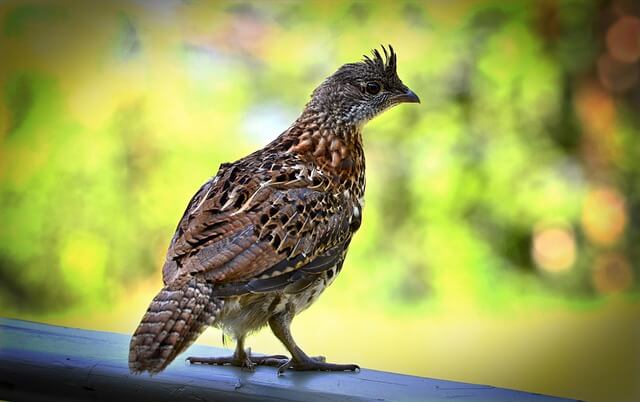
Ruffed Grouse
Ruffed Grouse are medium-sized grouse, and one of the most numerous birds in North America. They prefer to nest on the ground under shrubs or small trees, sometimes only a few feet from an open clearing. These grouse typically lay 8 eggs per clutch and will have two clutches each year, which is about 16 eggs annually.
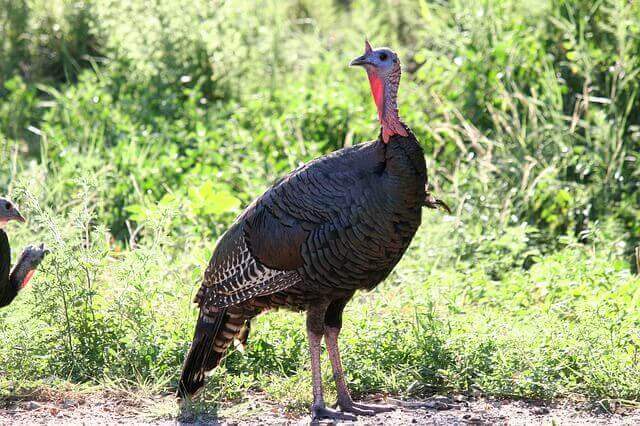
Turkey
The wild turkey is a bird that build their nests on the ground. The male will start to search for a location in early spring, and he chooses his site carefully. He will want an area that has some vegetation nearby, but not too much. He needs room to spread out and create a large nesting cavity for himself and his mate.

Quails
The song of the Quail can be heard throughout most parts of North America. These small birds often live in dense vegetation, and meadows. Quail’s nests are usually located on the ground or on low-lying shrubs, but occasionally a nest will be found higher up in taller grasses.
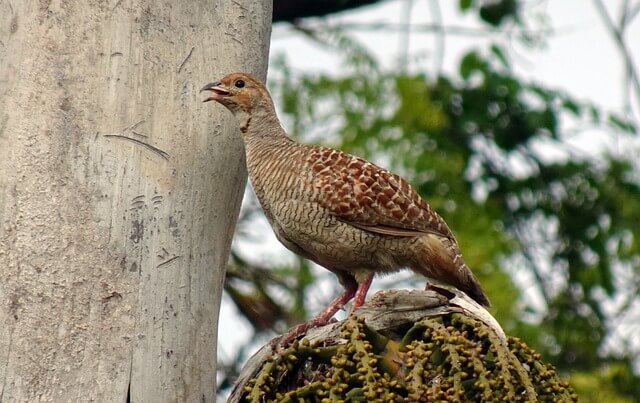
Partridge
Partridge ground nesting birds are often seen in open fields, scrub land and prairies. They nest on the ground, digging a hole with their beaks to lay eggs. They typically have 6-10 eggs per clutch, but may have as many as 16.
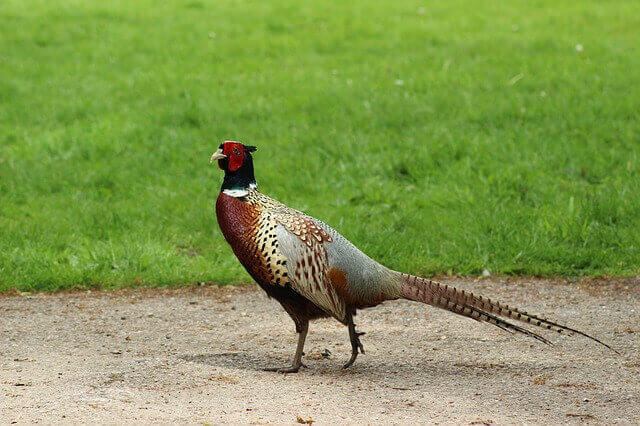
Pheasant
Pheasant nest on the ground in tall grass, brush or other cover. This is because they lay their eggs on bare ground and need to incubate them for 25 days. Pheasants typically build nests by weaving together a few blades of grass or leaves with some mud from nearby sources such as puddles, streams, ditches or marshes.
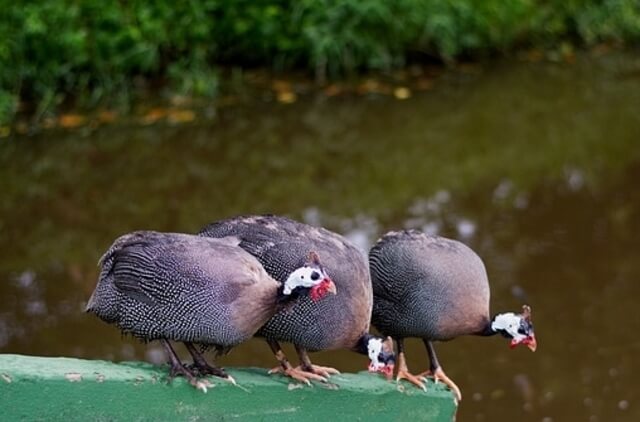
Guineafowl
Guineafowl are ground-nesting birds that are most commonly found in Africa. They live and feed on the ground, with a preference for scrubland habitats. These birds lay a clutch of 5 to 8 eggs, and the females incubate them for about 26 days.
Waterfowl
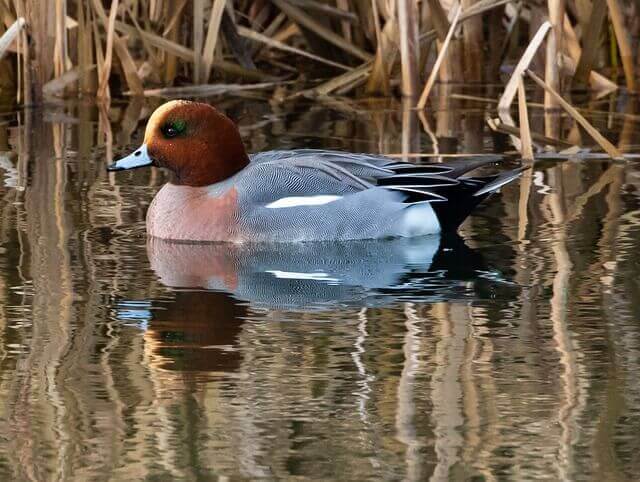
American Wigeon
American Wigeon are ground nesters, and they do not always nest in a concealed location like other ducks such as Mallards or Northern Pintails. Instead, American Wigeons often lay their eggs near shrubs and under bushes which provide cover for them while incubating.
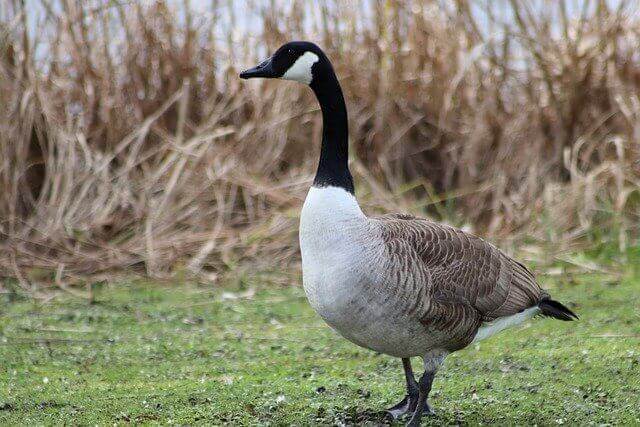
Canada Goose
Canada Goose lay their eggs on the ground, typically in a grassy area near water or some other source of food. Canada Geese nest in open fields, with tall grasses and vegetation for protection from predators such as foxes and coyotes.

Swan
These birds are also known to build their nests on the ground in freshwater marshes. Swans are graceful waterfowls which typically nest on floating vegetation or in reed beds close to fresh water. They can also be found nesting on sandbanks and saltmarshes but this behaviour is much less common.
Ducks
Ducks are a type of water bird that prefer to spend their time on the ground. They will dig up an area and make it their home, using plants and other materials for shelter. The females will lay eggs in this nest before covering them with grasses or down feathers from her body.

Northern Pintail
Northern Pintails prefer to nest on dry, open land with a lot of grasses and forbs nearby, like an alfalfa field or golf course. The females lay their eggs in a depression that they create by kicking out the vegetation on the ground.
Songbirds
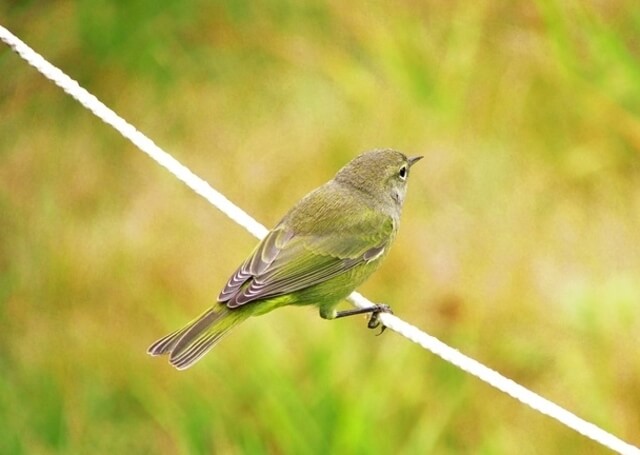
Orange-crowned Warbler
The Orange-crowned Warbler is a small songbird that migrates to North America from Central and South America. This bird has been known to nest in many places, including ground level shrubs, trees with thick foliage, the crowns of tall pine trees and even large oaks.
Related Articles: How to Attract Warblers to your Yard
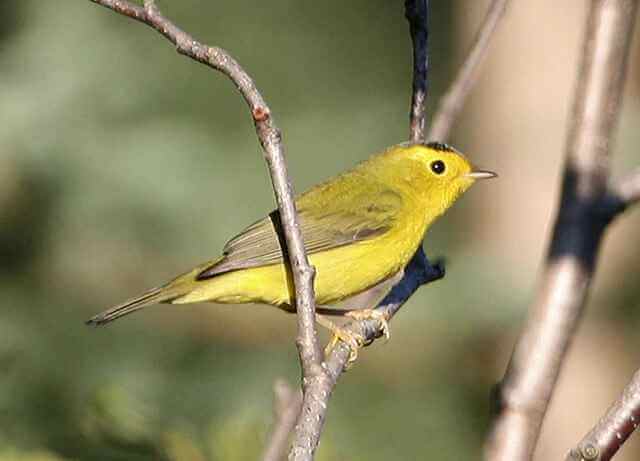
Wilsons Warbler
This species breeds in the eastern United States and is usually found near streams and other water sources. The female builds the nest with moss, leaves, grasses, plant down or feathers she finds on the ground. She lines it with fur from mice or rabbits she catches herself or scavenges from dead animals. She also uses lichens for nesting material and to camouflage her eggs.

Ovenbird Warbler
The Ovenbird Warbler is a ground nesting bird that lives in the eastern United States. It can be found living on forest edges, woodlands, fields and pastures with nearby cover or shrubs. The ovenbird warbler nests on the ground near to or under dense vegetation such as briars, honeysuckle vines, leaf litter and even snow-covered leaves for insulation during winter.
Hermit Thrush
The Hermit Thrush is a common bird in North America. Rather than building nests in trees or on the ground, these birds will often nest in low vegetation such as grasses and forbs. The hermit thrush’s nest is made up of mosses and grasses which help camouflage it against its surroundings.
Related Articles: How to Attract Thrushes to your yard
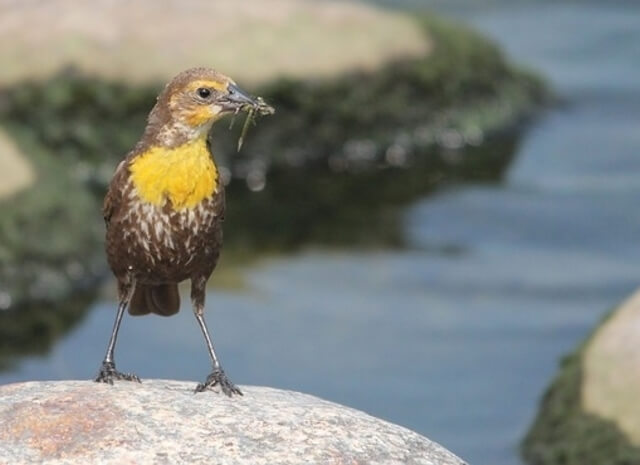
Meadowlark
Meadowlark is a ground nesting bird. It breeds in open grassy areas, agricultural fields, and other lightly wooded habitats. Meadowlarks are the most abundant members of their family on the North American continent.
Related Articles: Western Meadowlark bird Facts
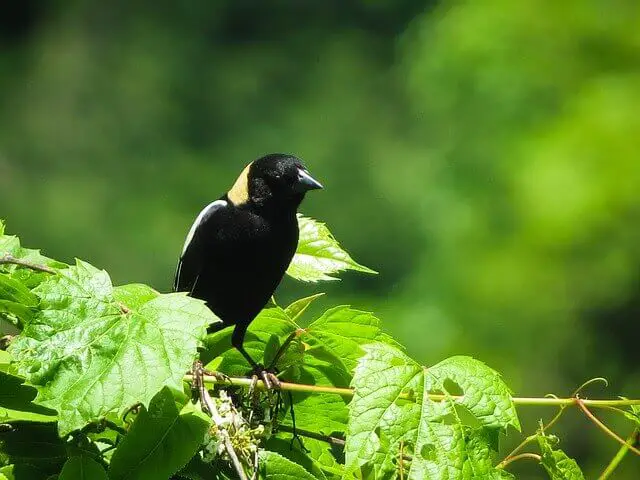
Bobolink
Bobolink are ground nesting birds. They spend their winters in the southern United States and Central America, then fly north to breed in North America. Bobolinks usually nest on the ground near grassy fields or other open areas with short vegetation for cover.
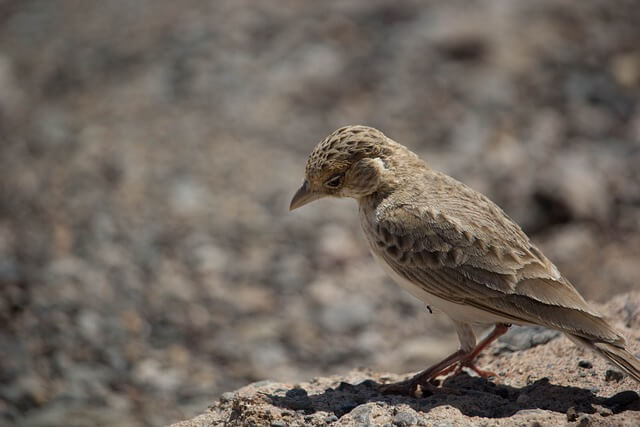
Lark Sparrow
A common species of bird, the Lark Sparrow, has been known to build their nests on the ground. The nest is constructed out of grass and other vegetation that it finds around its surroundings. They will often construct these nests in areas with high levels of activity such as gardens or farms where they can take advantage of the food sources that are present in those areas.
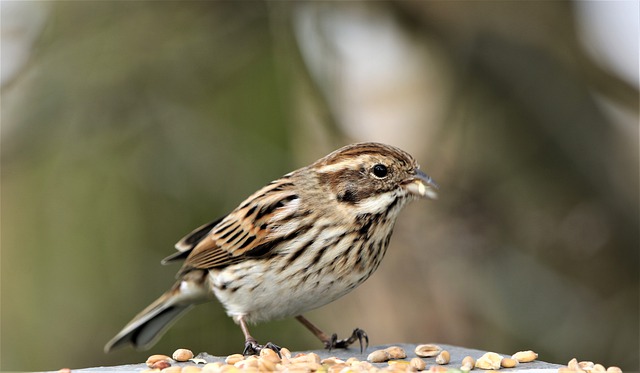
Savannah Sparrow
Savannah sparrows are a type of bird that typically builds their nests on the ground. This is common among sparrows, but not all species build their nests this way. Savannah sparrows lay three to five eggs in their nest, and they usually only lay one brood per year. The female does most of the incubating for about 13 days before hatching her chicks from her eggs.
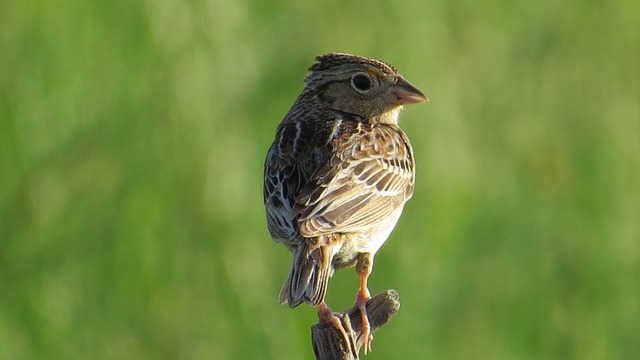
Grasshopper Sparrow
Grasshopper sparrows lay their eggs on the ground and rely on concealment for protection. They build a nest of grasses, leaves, twigs and bark lined with feathers or fur in order to protect themselves from predators. Grasshopper sparrows typically breed between April and June depending on the location of where they live.
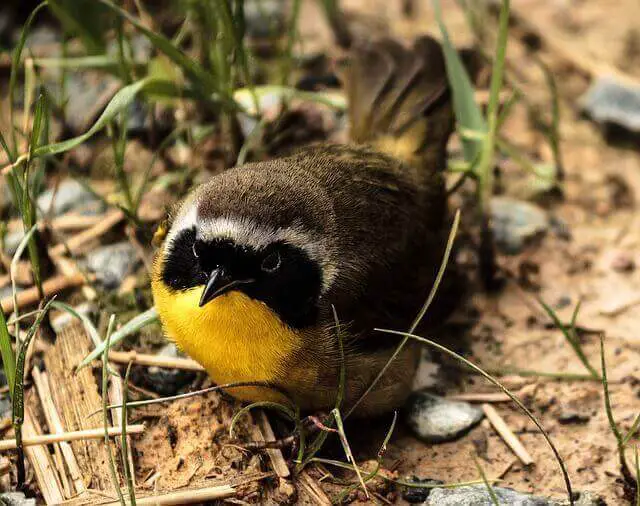
Common Yellowthroat
The common yellowthroat is a small songbird with males being more brightly colored than females. They are often found near marshes, wetlands, and other moist habitats. These birds are ground nesters, typically using natural cavities such as hollow logs or tree holes to nest in during the summer months.
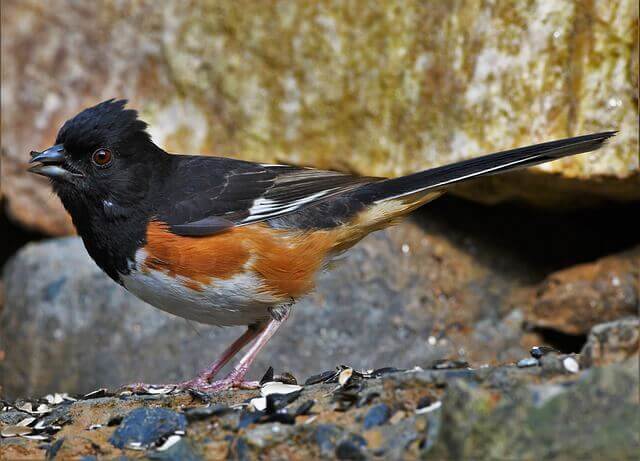
Eastern Towhee
Eastern towhee usually nest on the ground. They build their nests in a depression or cavity on the ground, often among grasses and leaves. These birds can also be found nesting on a fallen tree trunk, rock ledge, bird box or artificial site such as an old board propped up by two short stakes near the edge of a clearing.
Related Articles: How to Attract Towhee to your Backyard
More Ground Nesting Birds

Burrowing Owl
Burrowing owls are a small, native bird species found in the southwestern United States. These birds have been observed to nest on the ground and their preferred nesting sites are usually found near shrubs or bushes for protection from predators. The nests can be difficult to spot as they blend into the ground with their brown coloration.
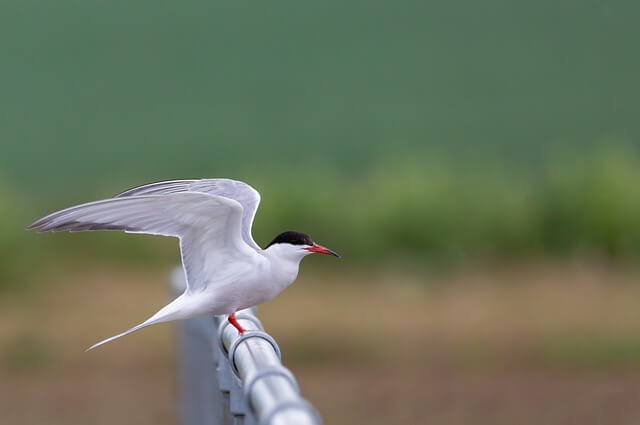
Common Tern
Common Tern nest on beaches, inland sandbars, and offshore islands. There is no specific nesting season for Common Terns. In the late summer and early fall, they will form large flocks that feed in nearby shallow waters.
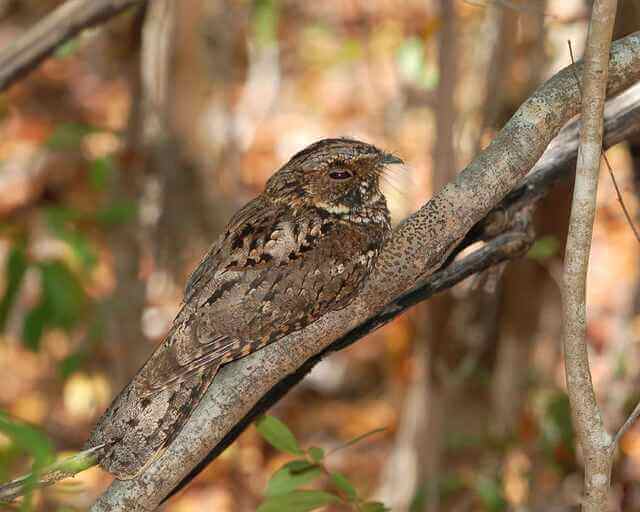
Whip-poor-will
Whip-poor-will is a medium-sized bird that lives in the North America. It lays its eggs on the ground, and will often build its nest next to an old log or large rock for camouflage. Whip-poor-will builds their nests near water sources, because they are omnivores and need to drink.

